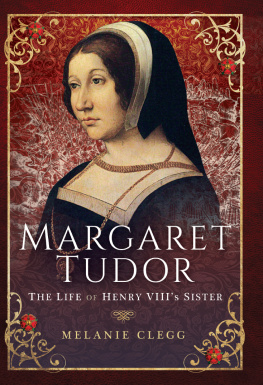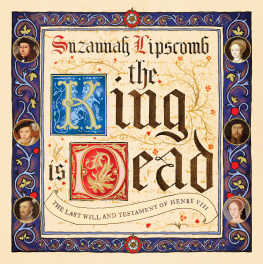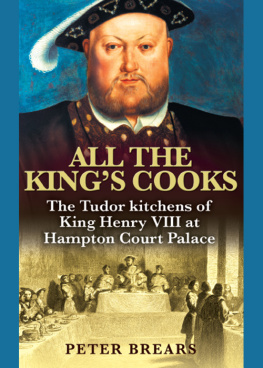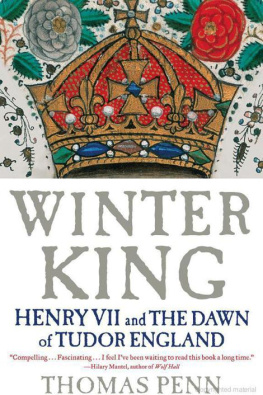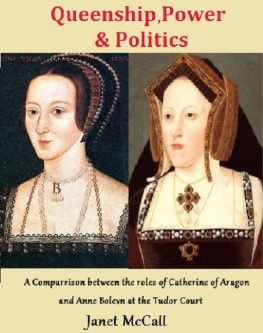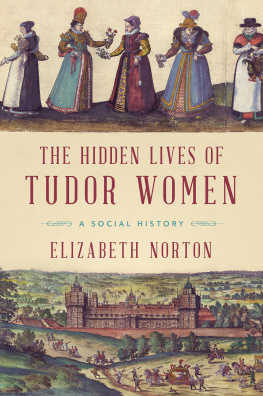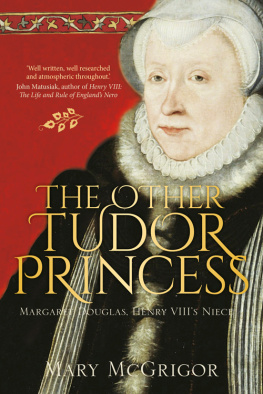Suzannah Lipscomb - A Journey Through Tudor England: Hampton Court Palace and the Tower of London to Stratford-upon-Avon and Thornbury Castle
Here you can read online Suzannah Lipscomb - A Journey Through Tudor England: Hampton Court Palace and the Tower of London to Stratford-upon-Avon and Thornbury Castle full text of the book (entire story) in english for free. Download pdf and epub, get meaning, cover and reviews about this ebook. year: 2013, publisher: Pegasus, genre: Non-fiction. Description of the work, (preface) as well as reviews are available. Best literature library LitArk.com created for fans of good reading and offers a wide selection of genres:
Romance novel
Science fiction
Adventure
Detective
Science
History
Home and family
Prose
Art
Politics
Computer
Non-fiction
Religion
Business
Children
Humor
Choose a favorite category and find really read worthwhile books. Enjoy immersion in the world of imagination, feel the emotions of the characters or learn something new for yourself, make an fascinating discovery.
- Book:A Journey Through Tudor England: Hampton Court Palace and the Tower of London to Stratford-upon-Avon and Thornbury Castle
- Author:
- Publisher:Pegasus
- Genre:
- Year:2013
- Rating:3 / 5
- Favourites:Add to favourites
- Your mark:
A Journey Through Tudor England: Hampton Court Palace and the Tower of London to Stratford-upon-Avon and Thornbury Castle: summary, description and annotation
We offer to read an annotation, description, summary or preface (depends on what the author of the book "A Journey Through Tudor England: Hampton Court Palace and the Tower of London to Stratford-upon-Avon and Thornbury Castle" wrote himself). If you haven't found the necessary information about the book — write in the comments, we will try to find it.
Using place as a lens through which to view history, come take a vivid and captivating journey through Englands most vibrant era
For the armchair traveler or for those looking to take a trip back to the colorful time of Henry VIII and Thomas Moore,A Journey Through Tudor England takes you to the palaces,castles, theatres and abbeys to uncover the stories behind this famed era. Suzannah Lipscomb visits over fifty Tudor places, from the famous palace at Hampton Court, where dangerous court intrigue was rife, to less well-known houses such as Anne Boleyns childhood home at Hever Castle, or Tutbury Castle, where Mary Queen of Scots was imprisoned.In the corridors of power and the courtyards of country houses, we meet the passionate but tragic Katheryn Parr, Henry VIIIs last wife; Lady Jane Grey, the nine-day queen; and come to understand how Sir Walter Raleigh planned his trip to the New World. Through the places that defined them, this lively and engaging book reveals the rich history of the Tudors and paints a vivid and captivating picture of what it would have been like to live in Tudor England. 16 pages of B&W and color photographsSuzannah Lipscomb: author's other books
Who wrote A Journey Through Tudor England: Hampton Court Palace and the Tower of London to Stratford-upon-Avon and Thornbury Castle? Find out the surname, the name of the author of the book and a list of all author's works by series.





